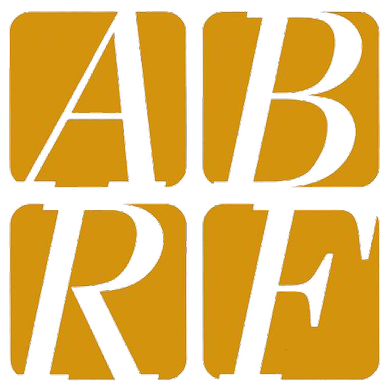ABRF Genomics Research Group Presentations
Multi-Platform Assessment of DNA Sequencing Performance using Human and Bacterial Reference Genomes in the ABRF Next-Generation Sequencing Study – Chris Mason
Massively parallel DNA sequencing is a critical tool for genomics research and clinical diagnostics, but few comprehensive resources are available to assess performance across a wide range of sample types, sequencing platforms, and sites. Here, we describe the Association of Biomolecular Resource Facilities (ABRF) Next-Generation Sequencing Phase II Study to measure quality and reproducibility of DNA sequencing over a range of genomic compositions, as a complement to the Phase I RNA-seq study. Inter- and intra-laboratory replicates of human and bacterial reference DNA samples were analyzed by whole genome shotgun and human exome capture methods on Illumina, BGI, PacBio, ONT, GenapSys, and ThermoFisher Ion Torrent platforms. The data were highly consistent within laboratories, even with a wide variety of sequencing depths, but showed reduced rates of reproducibility in regions of extreme GC content and in complex, highly repetitive genomic contexts and between laboratories. Mappability of reads, genic coverage, and error rate were also variable with respect to GC content and genomic region, and different platforms showed distinct patterns of variant detection. This study provides a comprehensive baseline resource for continual benchmarking as chemistries, methods, and platforms evolve for DNA sequencing.
DSRG Research Study: Hybrid Capture Methods for Targeted RNA sequencing – Marie Adams
Massively parallel sequencing of RNA-derived cDNA (RNAseq) is a common approach for transcriptome-wide analyses. RNAseq sample library preparations typically employ a ribosomal RNA removal step or a step to purify polyadenylated transcripts. However, these generalized approaches are inefficient if only a subset of transcripts are of interest. Targeted enrichment for only transcripts of interest by probe-based hybrid capture (Targeted RNAseq) can be an efficient solution for interrogating subsets of transcripts, rare transcripts, or boosting sequence coverage for functional variant calling applications. Consequently, this approach is attractive for retrospective studies from degraded archival tissue as well as prognostic and diagnostic clinical testing. There are at least five commercially available vendors that sell hybrid capture probes and reagents, but to our knowledge a thorough evaluation the relative strengths and limitations of targeted RNA using these reagents has not been performed to date.
During this talk the DSRG will also update on previous research studies and introduce our 2020 study, Investigating FFPE conditions on downstream nucleic acid assays
GBIRG ontology study: which pathway analysis package will best suite my data? – Julie Dragon
Pathway analysis is a critical step in a large fraction of bioinformatics projects. In these analyses, gene lists or ranked gene lists derived from any number of different methods including RNAseq, microarrays, ChIPseq, etc., are compared to databases of gene annotations and pathways are identified that are enriched for genes in the submitted gene sets. Numerous tools, both commercial and open source, are available to do pathway analysis, differing the statistical approaches used and the lists of annotations available. Identifying the ‘right’ pathway analysis tool for a bioinformatician to use in a specific situation is an art at best, and mostly reflects personal bias of the informatician as broad comparative studies are hard to do. GBIRG conducted a series of ‘case studies,’ comparing different pathway analysis tools across a number of published datasets and looking for themes in the behavior of the tools and summarized the results.

